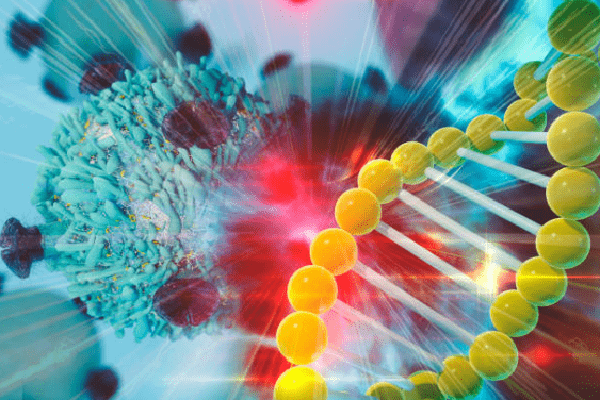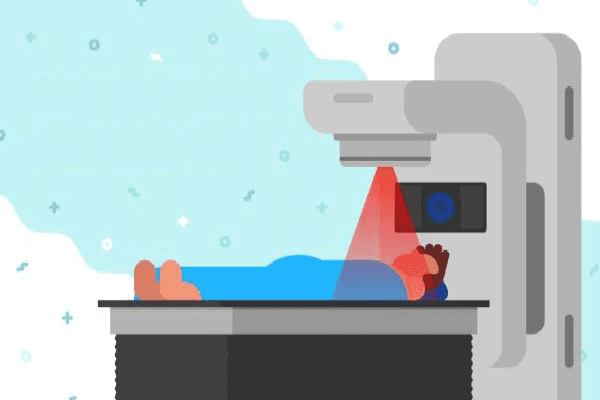Interesting >>>> Radiation is amazing and dangerous!
Radiation is amazing and dangerous!

Understanding the term "radiation" or "radioactive radiation" (synonym: ionizing radiation) is always associated with the understanding of such a phenomenon in nature as "radioactivity". Radioactivity was not invented by man, it was discovered, which means that the phenomena of radioactivity have always been present in the life of people, only they did not notice it. Space is permeated with radiation, but the Earth's atmosphere does not allow radiation to fully penetrate its surface. In the earth's crust there are deposits of radioactive elements, which, periodically decaying, create a certain radiation background on the Earth's surface. Intermediate decay products of radioactive elements are found in water sources (for example, radon).
Scientists called radioactivity the property of certain substances to spontaneously (without anyone's help) emit radiation (a stream of some elementary particles). Such substances (or elements) began to be called radioactive. And although scientists by the time of the discovery of radioactive radiation already had ideas about other types of radiation, for example, X-rays, they still did not understand well enough what they were dealing with. The consequence of which was the fatal illness of physicists engaged in these studies (Maria Sklodowska - Curie died over time from a disease that was not yet known, but today is called radiation sickness).
Radioactive radiation (or ionizing radiation) is characteristic of few substances, and all found on Earth are described in the periodic table (uranium and all its chemical compounds, thorium and all its chemical compounds, radium and all elements with a serial number exceeding 83). Potassium, rubidium and samarium also turned out to be weakly radioactive (they hardly detect radioactivity).

One of the most interesting facts in the discovery of radioactive radiation is the moment that a molecule of any substance (or drug) has the same radioactivity as the amount of radioactive elements included in its composition, that is, the properties of the molecule of any substance do not have any effect on radioactive elements included in its composition. But the radioactive elements themselves, which are part of a substance, will emit and change the properties of the surrounding structures. Exposure to radiation is such that when fast charged particles (radiation elements) penetrate and pass through any substance, atoms break up into ions (particles that tend to attach to each other in certain combinations and create new substances), and the molecule of the original substance is destroyed. This is what the radioactive radiation owes to its other name - "ionizing radiation".
When talking about the dose of ionizing radiation, then they mean the intensity of radiation and the time during which the absorption of radiation by a substance (or an organism) took place. The point is that radiation is not uniform. It was found that there are three streams of particles entering the stream of radioactive radiation (alpha, beta and gamma particles). These particles have different degrees of penetration into substances (that is, different degrees of absorption by the substance). Alpha particles are completely absorbed by a piece of paper with a thickness of 0.1 mm, that is, they will not penetrate through clothing. Beta particles are absorbed by an aluminum plate 5 mm thick, gamma particles double their penetrating ability, encountering lead 1 cm thick on their way. It was found that by the strength of its penetrating ability gamma radiation resembles X-rays.

What is the biological effect of ionizing radiation?
When a molecule of a substance is broken into ions under the action of ionizing radiation, then the composition of a living cell also changes, and in particular, the structure of DNA changes. And although it is known that if one strand of DNA is damaged, it is able to recover, but if both strands are damaged, cell death is inevitable. As you know, about 80% of the cell composition is water. Ionizing radiation breaks the water molecule, while free radicals are formed - some of them (oxygen radicals) are highly active and like to interact with other unstable compounds (oxidation reactions are taking place), forming new compounds that are harmful to the body.
Ionizing radiation is capable of provoking intracellular transformations, which can lead to mutations, and this effect of ionizing radiation has long-term consequences.
It is believed that growing cells and multiplying cells are more sensitive to radiation exposure. Therefore, it is more dangerous for growing children's organisms.
Despite the fact that radiation is a rather dangerous phenomenon, it has found application in medicine.
The property of radioactive radiation to have a detrimental effect on rapidly growing and multiplying cells makes it possible to use ionizing radiation to destroy cancer cells. During medical manipulations, the radiation dose is strictly controlled and clearly directed to a specific area of tissue, so as not to expose the surrounding tissue to death.
X-rays can also be used at certain doses to make X-rays.
For some research in medicine, radioactive isotopes are used.
How can a person receive a dose of radioactive radiation?
- Some building materials mined in natural conditions can be contaminated (brick, cement, granite, alumina, wood).
- Grass, moss, lichens, fungi tend to accumulate radiation (radionuclides).
- Pasture animals and poultry can eat contaminated plants, and people can get radionuclides by eating their meat, milk, eggs.
- Living creatures of the water element: fish, shrimps, crayfish, lobsters, mollusks accumulate radionuclides that get into the water during their life.
- Radioactive dust that enters the atmosphere during accidental emissions gets into the air, settles on the surface of the earth and various objects (fruits, berries, vegetables and other plants used for food, household items, water sources). A person can drink water, eat food, or inhale air containing radioactive particles.
Radionuclides tend to accumulate in bone tissue, bone marrow (and after all, bone marrow is the source of the formation of immune agents in the body), in muscle tissue.
In any of the cases of interaction between a person and radioactive radiation, the dose, the time spent in the area of the radiation source and the remoteness of this source from the person himself are important. The farther away the radiation source, the less intense the effect it has on a person.
That is why areas of increased radioactivity are closed for living, objects contaminated with radioactive dust are prohibited for use, and plants growing in such areas are prohibited from eating.

Read

Read


























